The Count of Monte Cristo (French: Le Comte de Monte-Cristo) is a novel written by Alexandre Dumas in collaboration with Auguste Maquet. Completed in 1844, it is partly inspired by real events. The novel takes place in France, Italy, and some Mediterranean islands, in the historical period 1815–1839, that is, between the period in which French rule was restored to the monarchy under the Bourbon monarchy, and the reign of the French King Louis-Philippe. The historical setting is an essential element of the book. The events of the film begin on the day that Napoleon left his first island of exile, Elba, to begin the so-called Hundred Days, during which Napoleon returned to power. The events of the novel present sensitive and powerful themes such as justice, revenge, injustice, mercy, and others. The protagonist, Edmond d’Auntis, is a 19-year-old sailor, the captain’s assistant on the ship Pharaoh, who arrives in Marseille to propose to his lover Mercedes the next day. He is betrayed by two jealous friends. Because of this betrayal, Dontes was tried as a traitor to France and a conspirator with Napoleon Bonaparte, and was imprisoned in the prison of the Chateau d’Eau near Marseille. After 14 years, he was initially in despair and then hardened by his colleague, Father Faria, and was able to escape in the end and seize the treasure that Father Faria had hidden and left on the island of Monte Cristo. He became rich and powerful and began his journey of systematic revenge on those who were the cause of his imprisonment.
The novel is one of the most famous of Alexandre Dumas’s works, along with the novel The Three Musketeers, both in France and abroad. It was originally published in a newspaper in two parts, the first part in 1844, and the second part in 1846.
The Count of Monte Cristo
د.ا4.97د.ا5.68
Arabic/English
An epic novel of injustice, revenge, and redemption, narrating the journey of a young man who was deceived and unjustly imprisoned, only to return as a vengeful man with extraordinary wealth and power.
| Categories: | Literature, Novels, stories, History of literature, World literature |
|---|---|
| Tags: | Novels, philosophy, stories, World Literature |
| Author | |
|---|---|
| Year |
You may also like…
-
Stefan Zweig’s Letters
د.ا4.97It is a collection of correspondence that reveals Zweig’s deep thoughts and reflections on life, love, and literature, in light of the transformations of his era.
د.ا5.68 -
The Strange Case of Dr. Jekyll and Mr. Hyde
د.ا4.97Arabic / English
It is an exploratory novel of the dark side of human nature, where Dr. Jekyll, the idealistic medical scientist, is transformed into the monstrous Hyde character through his use of a chemical formula, reflecting the struggle between good and evil within the human soul.د.ا5.68 -
The Old Man and the Sea
د.ا4.97Arabic/English
A symbolic novel that depicts the struggle of man with nature through the story of an old fisherman struggling to catch a giant fish in the open sea.د.ا5.68 -
Treasure Island
د.ا4.97Arabic / English
It is a classic adventure that tells the story of the search for buried treasure full of intrigues and pirates.د.ا5.68
Related products
-
Pulse
د.ا12.00A novel that sheds light on the internal conflict between mind and heart, and addresses themes of love, sacrifice, and the search for self in a world filled with challenges.
-
What’s left is yours
د.ا2.13Ghassan Kanafani is a Palestinian novelist, storyteller, and journalist, and is considered one of the most famous Arab writers and journalists in the twentieth century. His literary works, including novels and short stories, were deeply rooted in Arab and Palestinian culture
د.ا3.55 -
Land of sad oranges
د.ا2.13Ghassan Kanafani is a Palestinian novelist, storyteller, and journalist, and is considered one of the most famous Arab writers and journalists in the twentieth century. His literary works, including novels and short stories, were deeply rooted in Arab and Palestinian culture
د.ا3.55 -
A world that is not ours
د.ا2.13Ghassan Kanafani is a Palestinian novelist, storyteller, and journalist, and is considered one of the most famous Arab writers and journalists in the twentieth century. His literary works, including novels and short stories, were deeply rooted in Arab and Palestinian culture
د.ا3.55 -
Revolution of 36-39 in Palestine
د.ا2.13Until his early death, Ghassan Kanafani published eighteen books, and wrote hundreds of articles and studies on culture, politics, and the struggle of the Palestinian people. Following his assassination, all of his books were republished in Arabic, in several editions
د.ا3.55 -
Two years, eight months and twenty-eight nights
د.ا7.10A book that blends fiction and nonfiction to explore issues of religion, identity and human conflict
د.ا8.52 -
Anichatin and relativity
د.ا2.13In this book, its author, Dr. Mustafa Mahmoud, tries in his style known as ease and extreme logic in understanding the theory of relativity of the physicist Albert Einstein so that it suits the understanding and perception of the general public, and in a strong objection to limiting information to a few scientists under the pretext of depth and specialization, which may lead to the isolation of science, supporting in his book what Einstein himself called for to spread science among people, Einstein hated scientific fortune-telling and fabrication of mystery, claim, and magnification, and he used to say that the truth Never mind.
د.ا4.26 -
Palestinian resistance literature under occupation
د.ا3.55Ghassan Kanafani is a Palestinian novelist, storyteller, and journalist, and is considered one of the most famous Arab writers and journalists in the twentieth century. His literary works, including novels and short stories, were deeply rooted in Arab and Palestinian culture
د.ا4.97

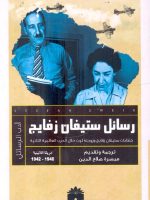
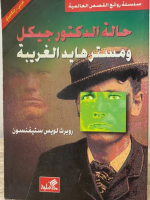
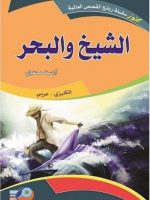
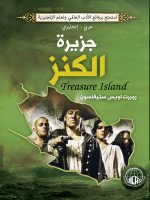
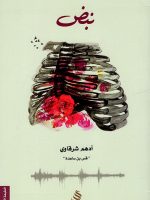
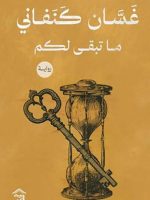

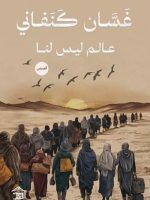
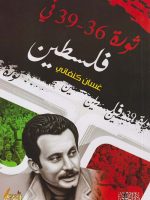
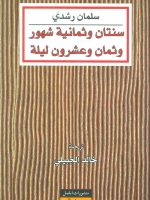
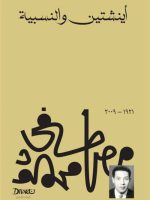

Be the first to review “The Count of Monte Cristo”